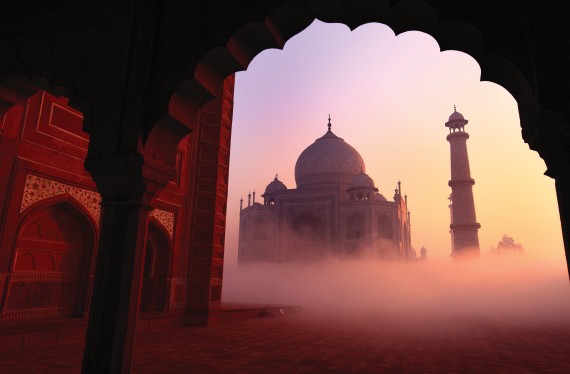A category that is almost entirely consumed locally, according to IWSR Drinks Market Analysis, Indian whisky is going from (cask) strength to strength, seeing strong growth, despite global economic challenges. Most recently the category, like most, had to overcome the challenges posed by the pandemic, only to be faced with concerns of a looming recession as its growth is on the rise. In 2020 the category declined, but saw growth in 2021 of 16% in volume versus 2020 and 20% in value. Today, Indian whisky has a positive forecast, as it performed well in India in the first half of 2022, with volumes 5% higher than in H1 2019, according to IWSR.
Single malt movement
The single malt movement is part of the force driving growth of the Indian whisky category. Paul John Whisky head of communications Asa Abraham says: “The single malt movement has been gaining a strong momentum in the past decade and is growing stronger. The single malt category is growing at a 25% CAGR basis in India.
“More Indian single malts are coming into the fray from domestic Indian producers as well as from multinationals in India. From a consumer point of view there is a significant shift from blended whiskies to Indian single malts, with consumers appreciating better-quality premium products,” Abraham adds.
The fact that people are appreciating more premium products was noticed by Rampur, and Sanjeev Banga, president of international business at owner Radico Khaitan, says: “The malt connoisseurs as well as whisky drinkers are very knowledgeable and willing to experiment and try new brands. Indian single malts are different yet unique and add a pleasant dimension to the whisky drinking experience. We anticipated this shift in consumer preference and tripled our malt distillation and storage capacity a couple of years ago.”
Similarly, Amrut has found the demand to be in the premium single malt category, however this has resulted in the brand operating at full capacity in terms of how much it can produce. Ashok Chokalingam, head of distilling and international sales at Amrut Distilleries, says: “As far as Amrut is concerned, I think we kind of hit the ceiling in terms of capacity to produce. So that means, pretty much, we have pre-sold everything we could possibly do as far as single malt is concerned.
“We are at present distilling close to one million litres at cask strength, meaning I can pull 5,000 barrels in a year if it is a 200-litre barrel. So now, that is the maximum I can produce in terms of spirit production at the current facility that Amrut is located in.
“So the next four or five years the maximum quantity that we can bottle is stuck at 60-70,000 9-litre cases a year, and that is it. If we want to produce anything more than this, we have to build a new distillery. We have pretty much occupied every possible space in terms of the equipment and the cask maturation barrels,” Chokalingam adds.




